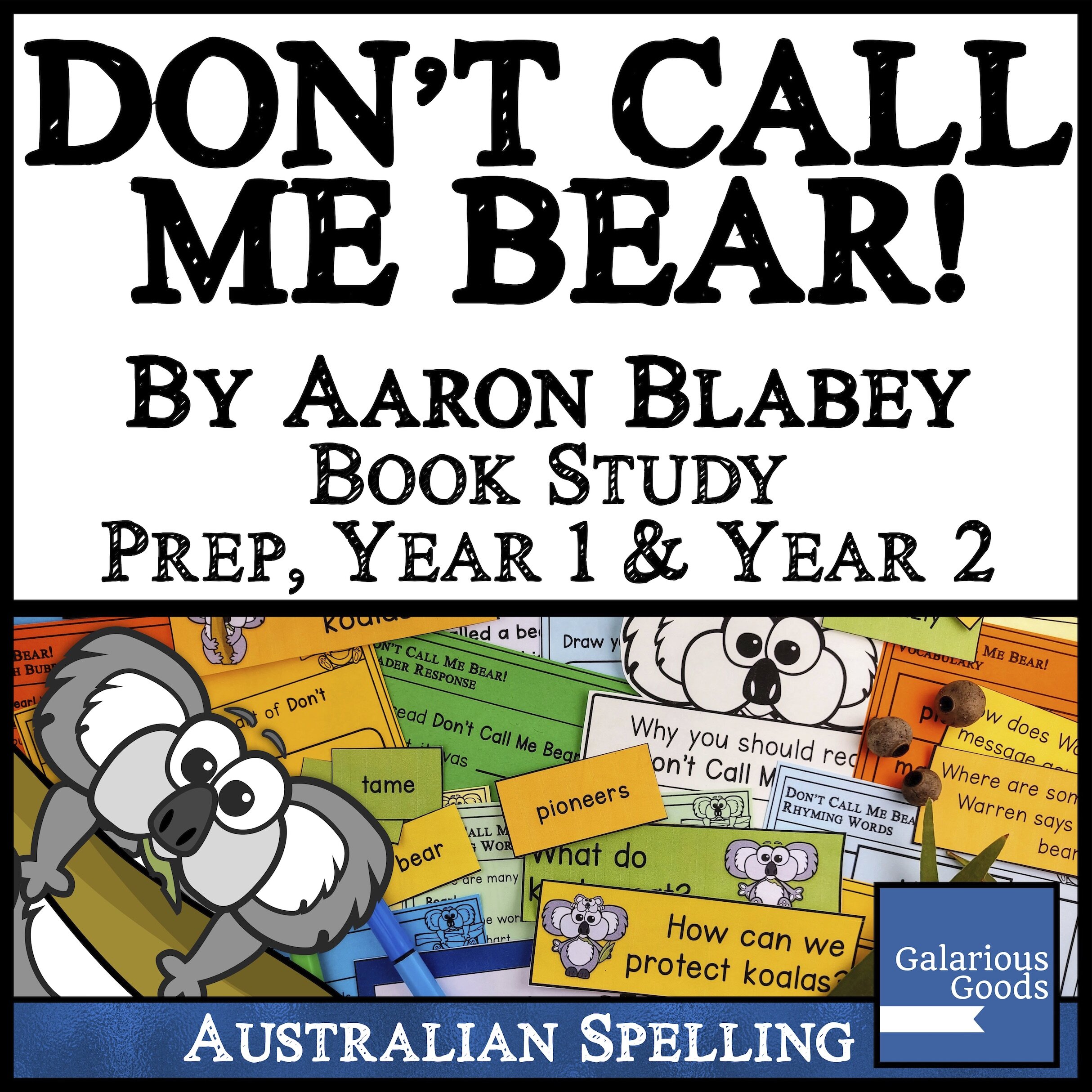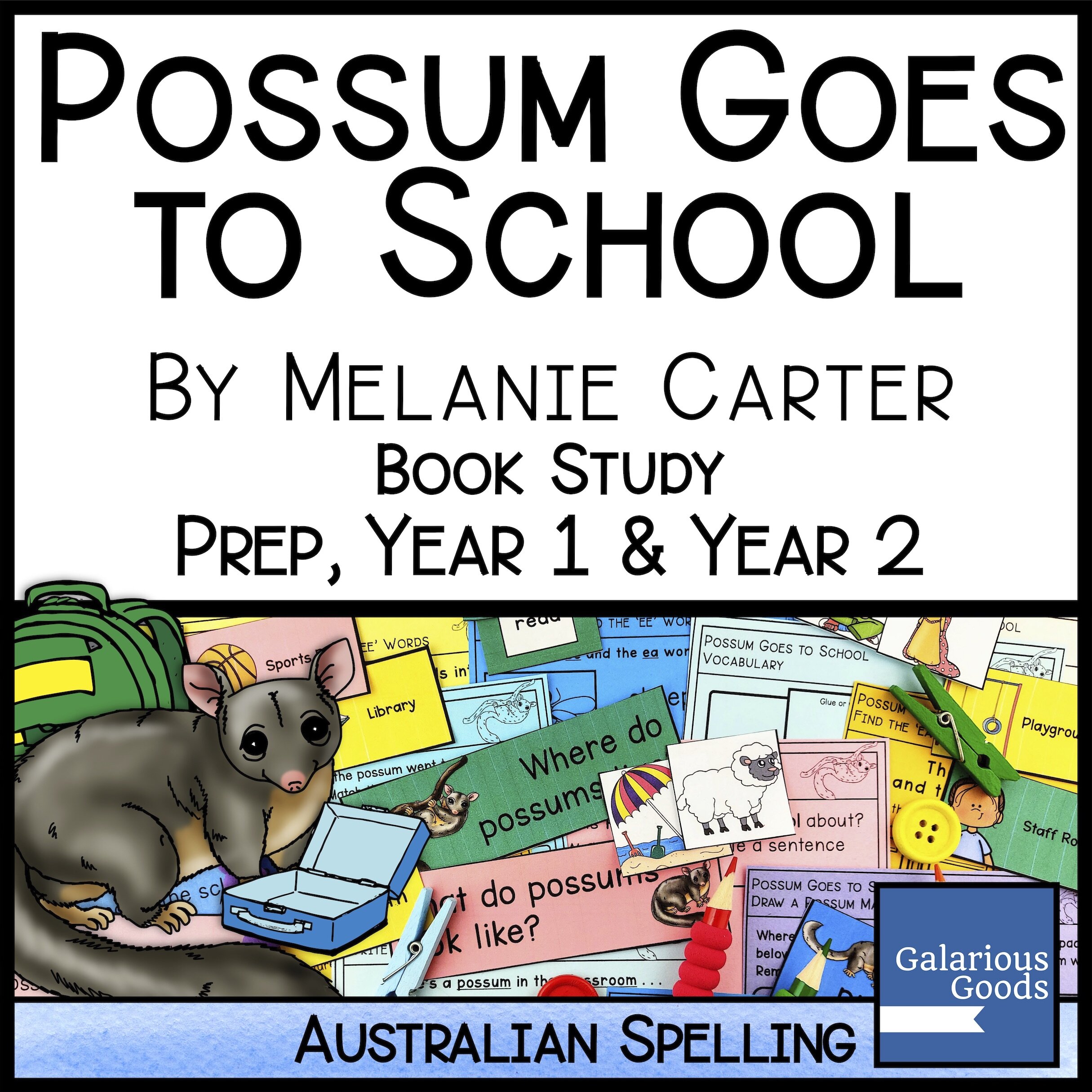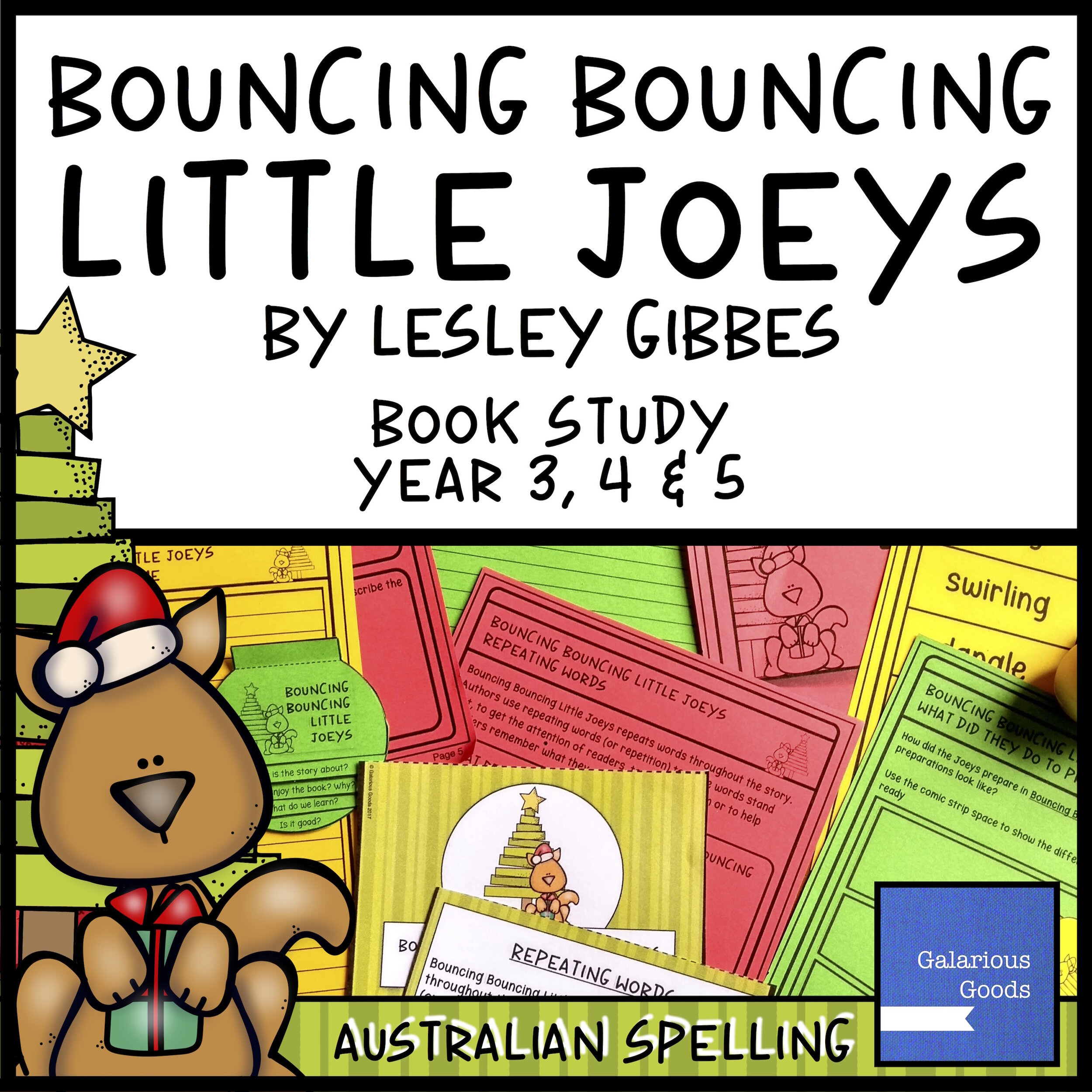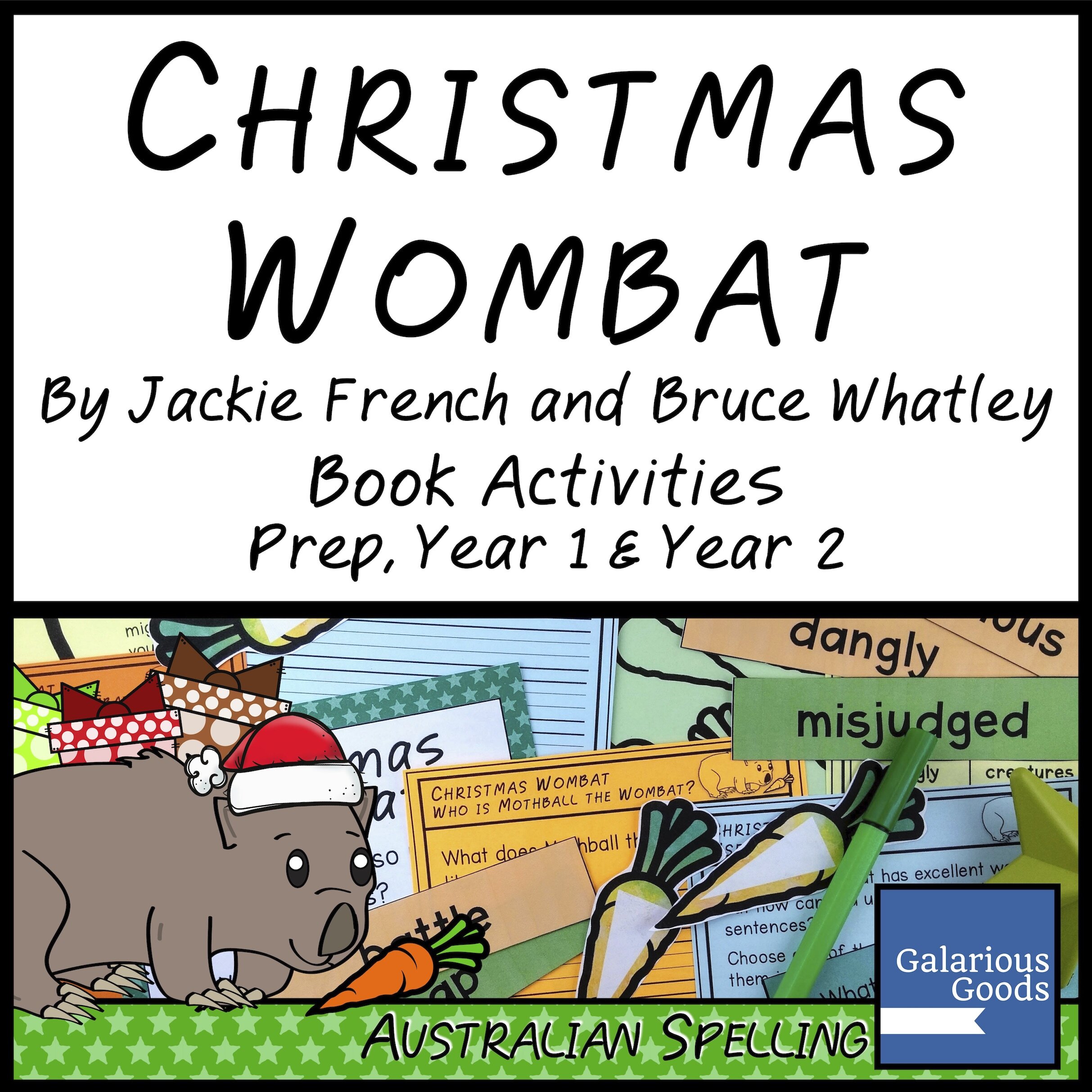5 Engaging Picture Books Featuring Australian Animals
/Australian authors LOVE to create picture books about Australian native animals. After all, many of them are rather cute, some of them carry around babies in their pouches and - although kangaroos don’t always jump down the middle of the street (unless you’re in Canberra), many of them can be spotted around the major cities, while others might be just a short drive away.
It’s hard to recommend just a few books starring these lovely animals, but I’m giving it my best shot (while reserving my right to write another post in the future!). Here’s 5 of my favourites.
1. Don’t Call Me Bear by Aaron Blabey
Koalas are not bears. Warren the koala wants everyone to understand this. He’s quite happy to spend his time telling you why . . . but don’t be surprised if he gets a little cranky if people insist on calling him a koala bear.
This is an interesting picture book because it combines non-fiction - the discussion about koalas not being bears and where you can really find bears is true - and fiction - koalas and their friends don’t usually talk and koalas are often a lot sleepier than they are in this book! Students can explore the rhymes that the author uses and look at some of the extra details in the illustrations.
Don’t Call Me Bear is also a great text for students who are discussing similarities and differences between different animals. Students can look at the features of a bear and the features of a koala, comparing and contrasting them. This can be connected to research activities, where students use different sources to explore the habitat, diet and features of koalas.
2. Josephine Wants to Dance by Jackie French
Josephine has a dream to be a ballerina, but how will she deal when an emergency situations leads to her being asked to take the leading role?
This is a Jackie French classic, created with Bruce Whatley, which explores what it means to hold onto a dream even when other people don’t believe in it. It’s a great book for identifying favourite moments - there’s lots of very memorable illustrations which bring the text to life. (My favourite? Stretching the ballet shoes to fit Josephine’s large feet!)
While we don’t have too many kangaroos in ballet companies, students can spend some time looking at how different animals move, creating lists of verbs and writing descriptive language to describe their movements. Students can also examine some of the different ways dancers jump - watching a range of dance videos - and can create a kangaroo inspired dance of their own.
3. Possum Goes to School by Melanie Carter
What happens when a possum leaves the comfort of a tree and finds itself inside a school building? This is the question posed in Possum Goes to School as the possum in question causes chaos and destruction wherever it goes.
Possums are pretty common in Australia - many children are familiar with the thud and scramble of a possum running across a roof at night (we seem to have a possum the size of a man who tramples our roof!) It’s also not unusual to hear of them finding their way into less than ideal spots. Students can definitely use this book as inspiration for research on possums and why they behave the way they do!
This is also a great book for young students getting to know their school. The possum visits all sorts of places within the school - places which students might need to know in their own school. Students can go on their own ‘possum walk’ visiting some of the places in their school which feature in the book (the library, the tuck shop and the playground included!). Students might also like to create a map of the places the possum visits, either individually or as part of a group.
4. Not Cute by Philip Bunting
Until recently there haven’t been a lot of books about quokkas, which is a pity because they’ve got one of the best names of all the Australian animals. And they’re very cute.
Or not cute according to the quokka at the centre of this Philip Bunting picture book. Quokka goes to great lengths to let us know that they aren’t cute . . . but it is possible that they should be a little less stubborn!
If you’re reading this book with students who have already read this one, ask them to keep the story to themselves for the first read through. The surprise twist in the book is BRILLIANT and it’s a reaction worth experiencing! Once you have read it together, students might like to go through it in more detail, exploring how Quokka tried to convince the others that he was not cute.
Students can also discuss what the lesson of this story might be and what might have happened if Quokka had behaved differently.
5. Eric the Postie by Matt Shanks
Eric really wants to be a postie and he knows he’s be really good at it. But he’s never given the chance he deserves.
Students might like to look at the reasons why Eric would make a good postie and use those reasons to create their own job descriptions for post deliverers. They can talk about which of those features real posties need and which ones aren’t as important. They can also discuss whether it was right for Eric to take the letters even though he wasn’t the official postie.
This is a great book to team with a letter writing unit. Students can write their own letters and post them into a classroom postbox - you might even like students to help you create a postbox for the classroom.


















